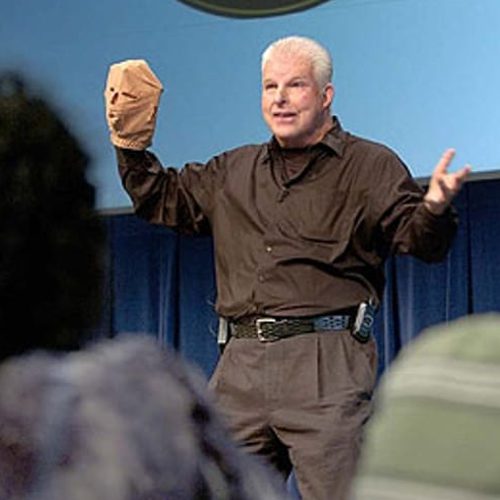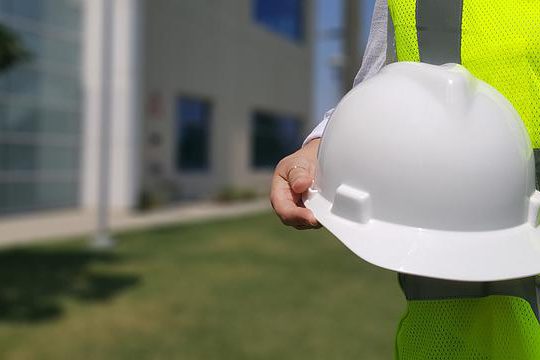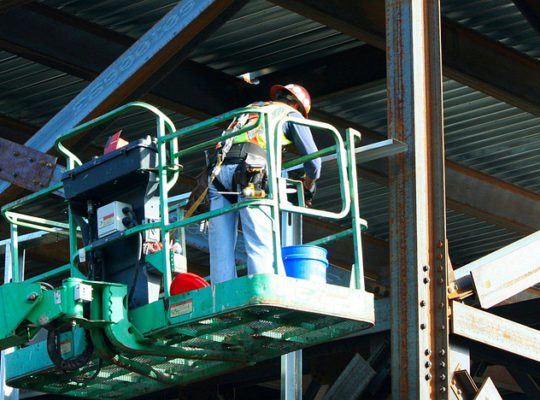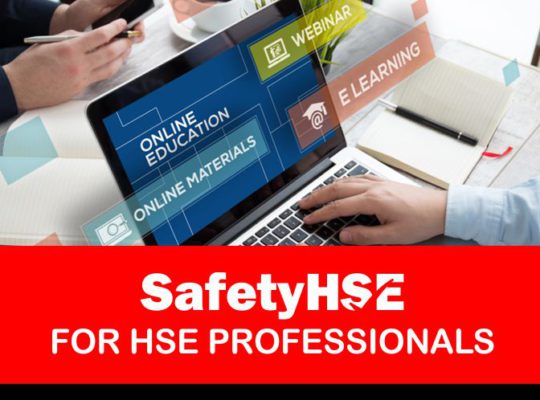“And for what?”… Charlie Morecraft wondered aloud during his address to audiences at Pratt & Whitney’s East Hartford Hangar last week. It’s a question Morecraft has painfully wrestled with for more than 25 years as he tries to make sense of a workplace accident that burned nearly 50 percent of his body. In a sense, it’s a rhetorical question and he knows the answer. The simple fact is that it was his fault. He neglected safety rules for years and it finally caught up with him in 1980.
During a routine inspection of a pipeline at his job something went horribly wrong. The chemicals inside the pipeline surged forward and spewed in Morecraft’s face and parts of his body. He was not wearing his safety glasses – a violation of the company’s safety policy – and that left his eyes exposed.
“I didn’t like safety glasses,” he said. “I didn’t like the way they looked, the way they fit, the fact that they always slid off a little whenever I would sweat. So I didn’t wear them.”
Photo/Caption: Charlie Morecraft holds up the safety mask he was required to wear for one full year during his healing process after chemicals from a pipeline spewed into his face while he was on the job.
He tried desperately to reach a safety shower to rinse the chemicals from his eyes and his body. He was hindered in his search by blurred vision, a direct consequence of not wearing his safety glasses. As Morecraft ran to find a safety shower he ran past his truck, which was still running – a safety violation within the company.
“The fumes from a running vehicle are an igniter for the chemical that was on my body and as I approached the vehicle and realized it was running, I knew immediately what was coming next.”
The mixture of the chemical and the fumes from his truck caused an explosion that knocked Morecraft back a few feet. His life has not been the same since. He spent more than five years in and out of hospitals and burn centers; has endured more than 20 cosmetic surgeries to reconstruct his face; had to wear a protective mask and suit for one year; his marriage was strained and ultimately destroyed; his daughters needed therapy for years, one even attempted suicide; and his father suffered a heart attack after seeing him in the hospital for the first time and never fully recovered.
Morecraft has since re-married and loves to spend time with his family. But even those good times cause him pain.
“Whenever I put my arms around my wife, all I see are my scars,” he says. “She says that she doesn’t see them, but I do.
“And for what?” Morecraft asks again as he nears the end of his presentation. This time he pauses for a moment as if he expects the audience to answer the question for him. Only Morecraft knows the answer and after a one-hour presentation he is ready to share it with his audience.
“Because I wanted to look cool and tough around the guys at the refinery,” Morecraft said. “Because wearing safety equipment wasn’t cool or comfortable. I risked my life and negatively impacted my family because I didn’t want to feel uncomfortable at work. I found out the hard way that safety equipment isn’t uncomfortable, being burned over 50 percent of your body and having to wear a mask for a solid year…that’s uncomfortable.”
Morecraft says Safety is about going home to the people you love everyday. It’s about family and friends and doing the right thing. He challenged his audiences not to make the same mistakes he did and to take personal responsibility for their own safety.
Added Morecraft, “A company can have all the safety rules, equipment and policies in the world, but ultimately, it’s the employee who has to choose whether or not to follow them.”
Source: Brian Boyer (Editor) / November 3, 2005







